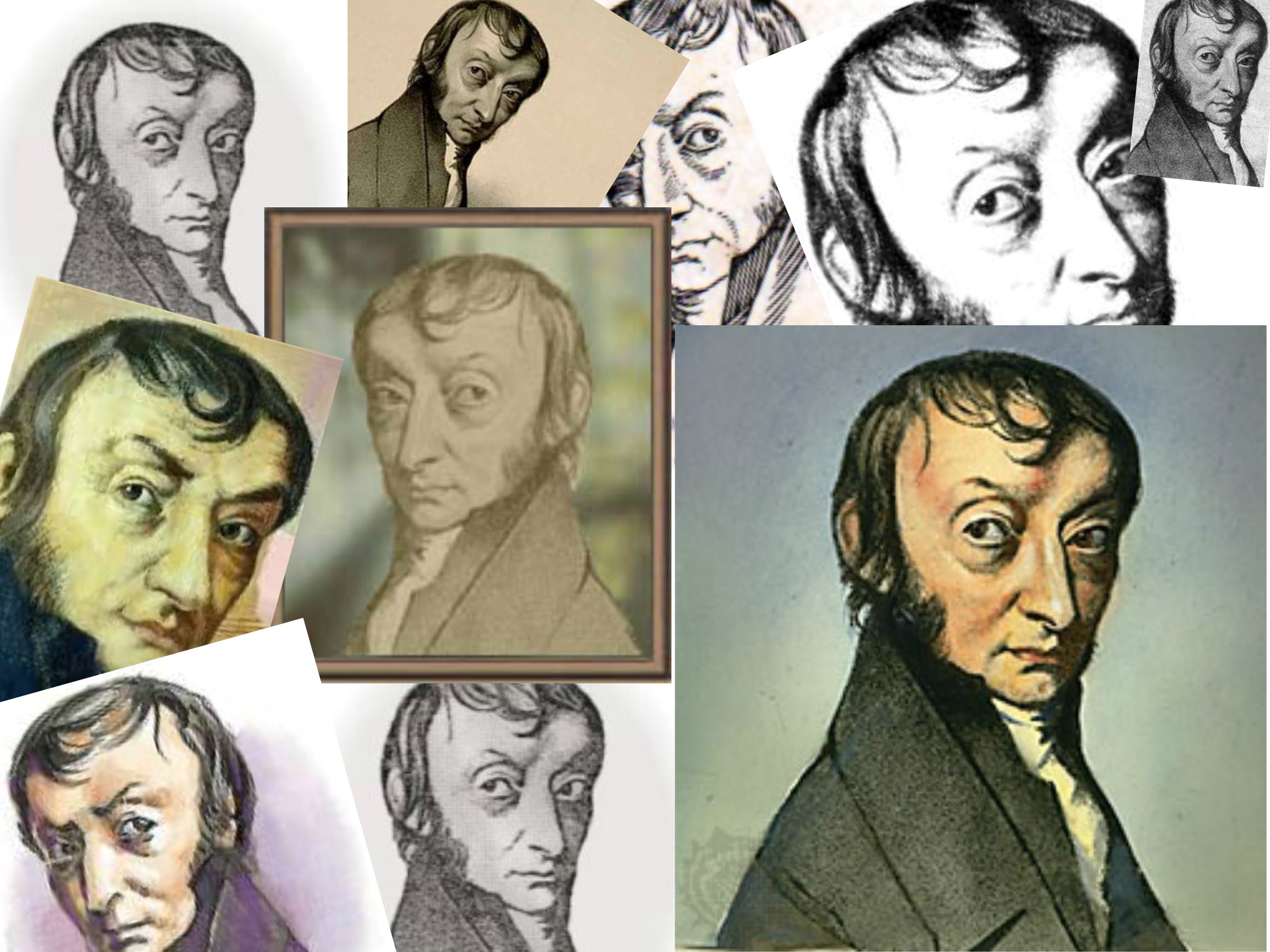The third law embodied in equation (15) is based on the 1811 hypothesis of the Italian scientist Amedeo Avogadro—namely, that equal volumes of gases at the same temperature and pressure contain equal numbers of particles. The number of particles (or molecules) is proportional to the number. Amedeo Avogadro, in full Lorenzo Romano Amedeo Carlo Avogadro, conte di Quaregna e Cerreto, (born August 9, 1776, Turin, in the Kingdom of Sardinia and Piedmont Italy—died July 9, 1856, Turin), Italian mathematical physicist who showed in what became known as Avogadro’s law that, under controlled conditions of temperature and pressure, equal volumes of gases contain an equal number of molecules.

We wish you Good Health. Make sure you guys appreciate us and don't forget to Like, Share and Subscribe. We need your valuable suggestions for Improvements a.
Amedeo Avogadro was an Italian scientist who formulated what is now known as Avogadro's law. Hailed as a founder of the atomic-molecular theory, he was the first scientist to realize that elements could exist in the form of molecules rather than as individual atoms. This is where Amedeo Avogadro comes into the picture (of course his real name is Lorenzo Romano Amedeo Carlo Avogadro di Quaregna e di Cerreto—but everyone just calls him Avogadro for obvious.

Fun Facts About Amedeo Avogadro
Amedeo Avogadro Italian physicist who originated thehypothesis that the equal volumes of all gasses, under thesame pressure and temperature conditions, contain thesame number of molecules. Avogadro made this hypothesisin 1811. It has since been fully proven and is now known asAvogadros law. Avogadro was born in Turin, Italy, an August 9th,1776, to an artistic family.
Interesting Facts About Amedeo Avogadro
Avogadro practiced law andthen studied physics and mathematics. He was appointedprofessor of physics at Vercelli in 1809. In 1811 he setforth his famous hypothesis, now known as Avogadros law. The law stated that equal volumes of all gasses at the sametemperature and pressure contain the same number ofmolecules.
Avogadros law helped overcome flaws in JohnDaltons atomic theory. Avogadro also distinguishedbetween an atom and a molecule, and made it possible todetermine a correct table of atomic weights. The correctionand standardization of atomic weights began in 1858 whenStanislao Cannizzaro, an Italian chemist, reminded otherchemists about Avogadros work. The hypothesis wasvirtually ignored by chemists because when it was tested in1881 appropriate temperatures were not used by otherscientists. 6. 0221367 x10 23Avogadros number stated that a mole of anysubstance is that quantity of the substance that weighs (ingrams) the same as its molecular weight.
We will write a custom essay on Amedeo Avogadro specifically for you
for only$16.38$13.9/page
Books Amedeo Avogadro

For example,molecular oxygen, has a weight of 32 grams (16 for eachoxygen atom); one mole of oxygen weighs 32 grams. A moleof a substance always contains the same number molecules–the Avogadros lawas a mole of any substance. Therefore, Avogadros law can be stated in terms of moles,namely that equal volumes of gases at the sametemperature and pressure contain the same number ofmolecules by simply weighing out an equal number ofmoles. Avogadros number itself holds true for allsubstances, what ever there state.

